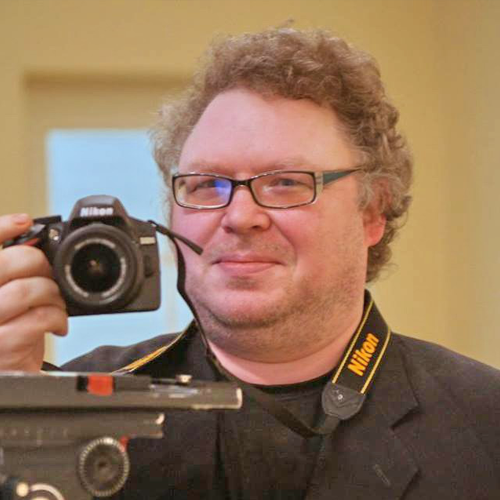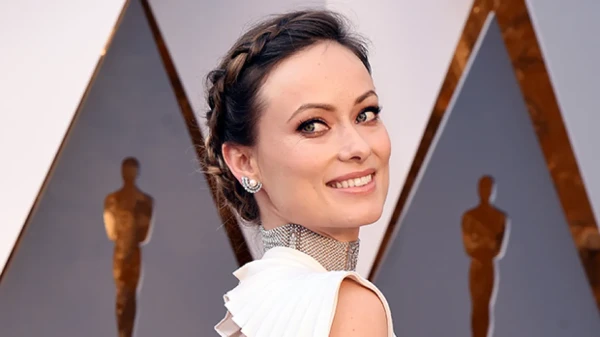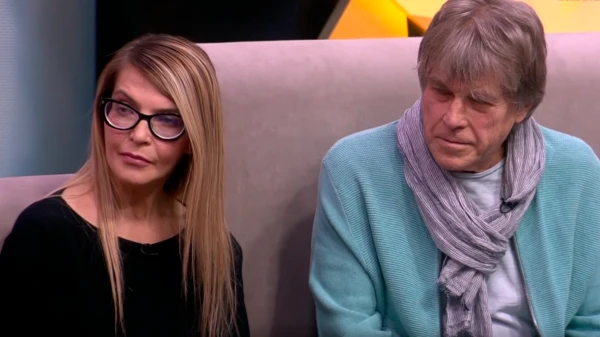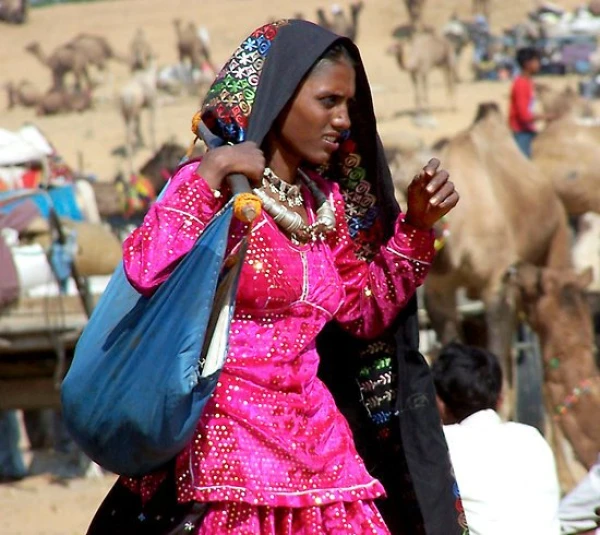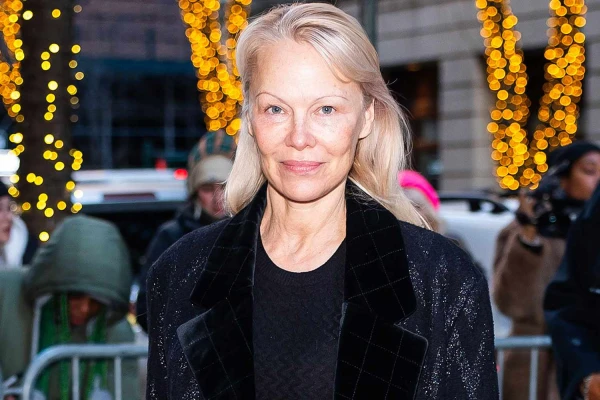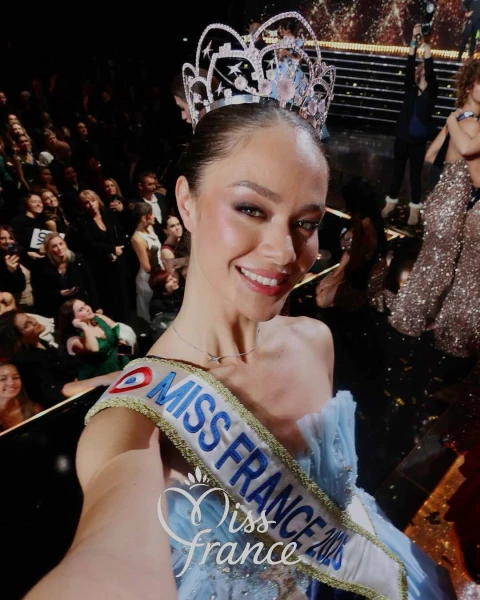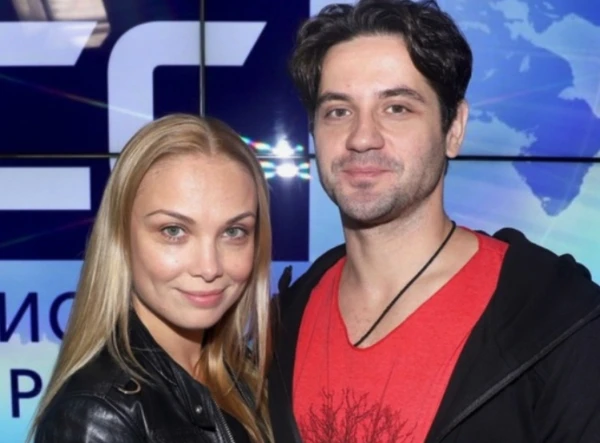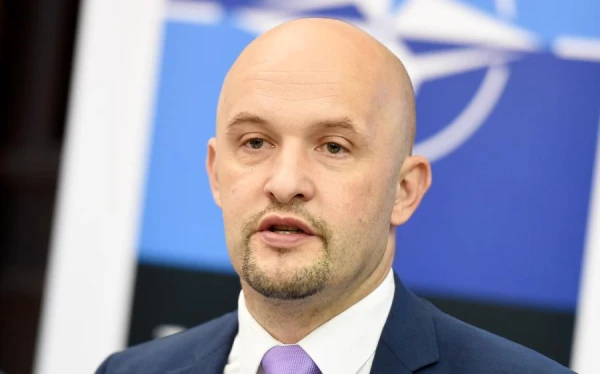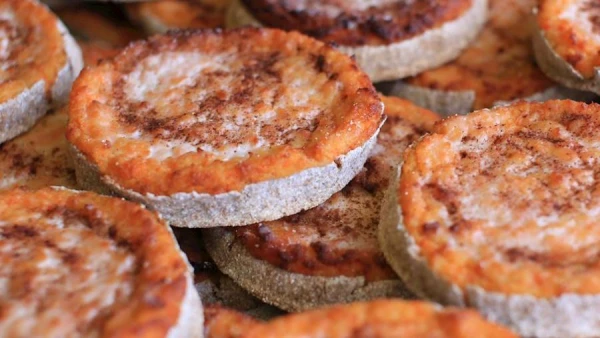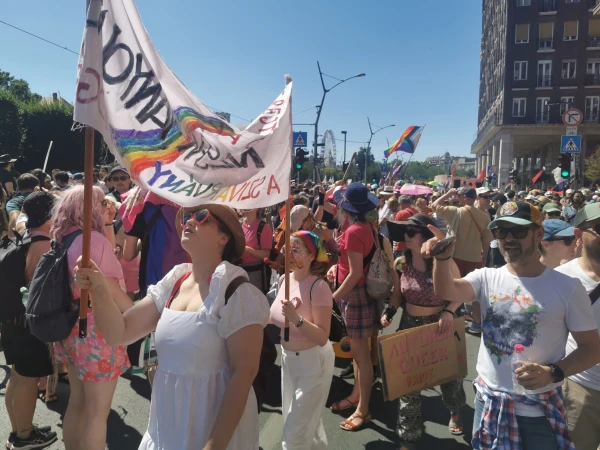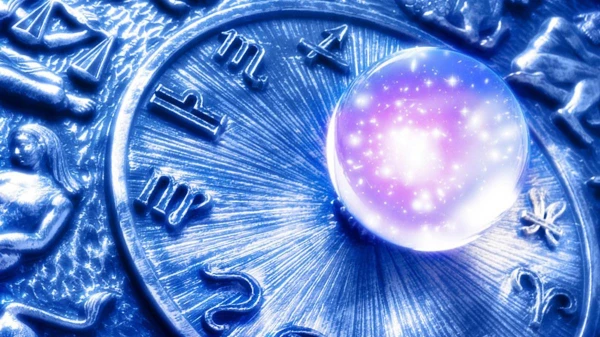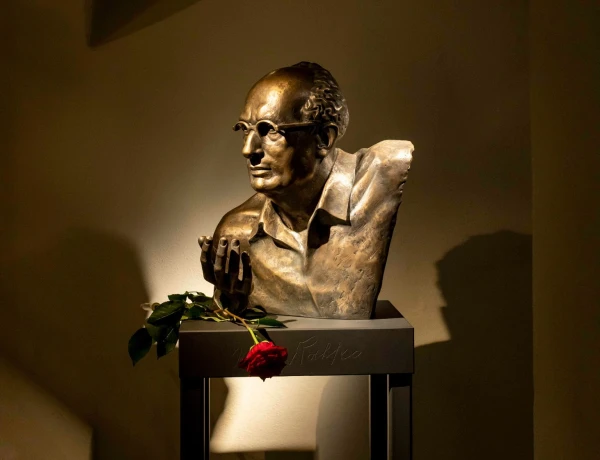
For two decades, the Mark Rothko Art Center has been operating in Daugavpils. His daughter Kate visited her father's homeland, donating two rarities from her heritage.
How Far Is It to New York?
The Rothko Center is perhaps the main tourist attraction of the second largest city in Latvia. The museum is built in an ancient fortress in the city where 122 years ago the great artist was born, whose paintings are now considered some of the most expensive in the world.
Yes, the great American artist was born in Daugavpils. More precisely, at that time it was still Dvinsk in the Vitebsk province of Russia. Later, Rothko became a leading representative of abstract expressionism, one of the creators of color field painting. His painting "Orange, Red, Yellow" became the most expensive post-war artwork ever sold at auction in 2012 (86.9 million dollars).
In 1903, he was a child from a poor Jewish family, which already had three children. The head of the family, fearing that the children would be taken to serve in the tsar's army, decided to emigrate in search of a better life. Moreover, two of his brothers had already gone to America and settled in Portland.
On August 5, 1913, the steamship "Tsar" with ten-year-old Mark and his relatives set sail from Libava and arrived in New York on August 17.
Happiness Is Not in Money
What followed was a unique fate, akin to another great Mark – Chagall, who was born nearby, on the other side of the Daugava, in Vitebsk, emigrated after the revolution, and settled in Paris. However, Chagall lived a long life, almost a hundred years, while his namesake was found to have an arterial aneurysm in 1968. Ignoring the doctor's recommendations, the artist continued to drink heavily, smoke, and refused to follow a diet.
On February 25, 1970, Rothko's assistant Oliver Steindecker found the artist lying unconscious on the floor of his kitchen with opened veins, in a pool of blood. An autopsy revealed that before his suicide he had taken a massive dose of antidepressants.
Return to the Homeland
The global fame of the American artist reached his native Daugavpils a quarter of a century after his death, in the early 2000s, when the name Rothko was discovered for Daugavpils by Farida Zaletilo, an employee of the local museum of local lore. At her initiative, the center was later opened, where she now works.
At the opening of the center, Rothko's children came, who now continuously support the museum. Along with donating original works in 2023 and 2025, their commitments include regular rotation of major Rothko paintings every three years. The next cycle, curated specifically for the Rothko Museum and representing the full arc of the artist's creative evolution – from early figurative works and surrealist canvases through his diverse experiments to the iconic color fields of his mature years – will open in April 2026.
Standing and Lying
On the day of her father's 122nd birthday, Kate Rothko Prizel visited his homeland. In her presence, an excellent bronze bust of Rothko by sculptor Ivo Folkmanis was unveiled in the center's lobby, donated by the Riga Jewish community.
At the end of the event, Kate Rothko Prizel donated two originals of her father to the museum – early drawings that double the number of Rothko's works in the museum's collection. These are original drawings from the Rothko family’s private collection – "Standing Nude Woman" (1934/1935, graphite on paper) and "Reclining Woman on a Sofa" (1937, ink on paper). The works are compelling examples of Rothko's early figurative practice and shed light on the artistic development that later led to his famous color field paintings.
"This moment is of great significance for the Rothko Museum, the city of Daugavpils, and the Latvian state," said the museum director Maris Chacka. "Receiving these intimate, early works from Rothko's family means deepening the conversation between the artist's beginnings and his later, world-changing works. We are deeply grateful to the Rothko family for their generosity and trust. Their gift will inform, inspire visitors, and strengthen the role of the Rothko Museum as a place of cultural memory and active discoveries."
Doctor, Art Historian, Lawyer
Additionally, Kate gave a public lecture on preserving her father's legacy and the long legal and moral campaign aimed at keeping her father's works accessible to the public. Kate is now a Doctor of Medical Sciences, a retired physician.
While still a college student, she sued one of the most influential art galleries in New York to reclaim her father's paintings, which had been sold against his will shortly after his death. After nearly ten years of legal disputes, Dr. Kate succeeded in recovering more than 650 paintings. As the estate manager, she oversaw the donation of most of her father's artworks to nineteen museums, allowing the public access to his paintings that were so important to her father.
"Youth gave energy and confidence – if you are true to your moral principles, you will win," Kate said, recalling this unique story. "So, fight while you are young – and then you will secure yourself for a lifetime! We, along with my brother Christopher, donated two of our father's drawings to the Rothko Museum two and a half years ago and promised that there would be two more," added the distinguished guest. "Now we are fulfilling that promise."
In the event's corridors, Kate met with the well-known Latvian painting expert Arturs Avotins, who has conceived a documentary-art film about the great artist with friends. Secret negotiations are ongoing!
